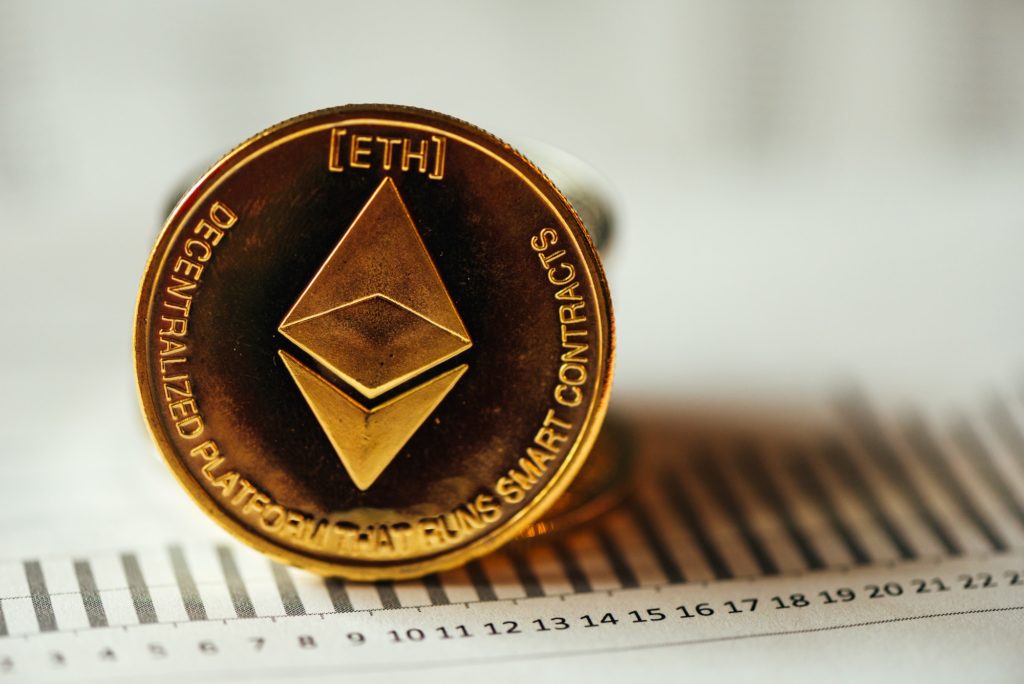When it launched in 2009, a single Bitcoin token was valued at $0.0009. In November 2021, it reached its current record price of $67,586.83. After some initial mistrust surrounding the introduction of cryptocurrencies, increased buyer and investor confidence saw decentralized finance hit the mainstream.
In fact, Bitcoin saw its value increase by 18% following the blowup of Silicon Valley Bank – a time when most markets were struggling. This led to speculation in some quarters that decentralized finance would one day take over from traditional markets. But this is a highly unlikely scenario that suggests the two exist independently of each other.
How are crypto and traditional financial markets connected?
The value of one is entwined with that of the other. The success of Bitcoin is assessed in terms of its value in USD. Take away centralized finance, therefore, and Bitcoin becomes valueless.
Likewise, some investors buy coins in one cryptocurrency and exchange them with another (perhaps more than one) with the intention of eventually withdrawing more dollars than their initial outlay.
One of the primary factors in the price of crypto is interest rates in traditional markets. A trader looking to invest in stocks and shares will see what’s happening in the economic calendar this week to get an idea of which are the best investment positions to take. Major events or anticipated changes in interest rates, for example, can affect the decisions they make.

When rates are high, most investors step away from higher risk investments. As rates come down, they’re more inclined to consider riskier options. When Silicon Valley Bank fell and traditional markets took a hit, some traders looking for high-stakes investments with the potential for high rewards opted for Bitcoin. This explains its strength at a time of general global uncertainty.
Are they now inextricably linked?
Just about. If crypto is indeed here for good, it is almost entirely reliant on liquid cash continuing to circulate. But the same can’t be said the other way around.
If traditional markets fail, the global economy would face collapse and consumer demand would concentrate on the basics needed to survive, not NFTs or digital tokens. Such is the strength of the worldwide markets, though, that this sort of dystopian future is one that’s for the movie screens rather than the real world.

Conversely, cryptocurrencies fail quite regularly with no impact on traditional markets. Even if Bitcoin were to collapse (which is highly unlikely), the long-term effect on the world economy would be negligible. It would almost certainly result in the end of all cryptocurrencies. And those who have invested in it might lose significant sums of money.
Traditional markets would be hit due to the fact that vast companies would fall by the wayside and individuals would lose a source of income. But these are cyclical issues that markets would be expected to bounce back from.
Crypto and traditional markets will never be entirely separate
Despite the concerns of some, demand for cryptocurrencies is such that the chances of it collapsing any time soon are virtually nil. As the world grows increasingly digitized, we’re likely to see more major brands adopt crypto to some degree, further legitimizing it in the eyes of some doubters. And as it becomes easier and less risky for people to exchange currencies between the two, it seems the world must simply accept that for the foreseeable future, they simply cannot be separated.
